
Make the selection of the plant per TILDLD#1.
Use a Hue/Saturation adjustment layer to change colors. Use the sliders to change the hue, saturation and lightness until you are happy with the new color. Add H/S adjustment layers to create other colors.
You will end up with many layers, each with the plant having only one color.
In order to have leaves with different colors I use a brush on the masks of each of the H/S layers to hide what I don't want.

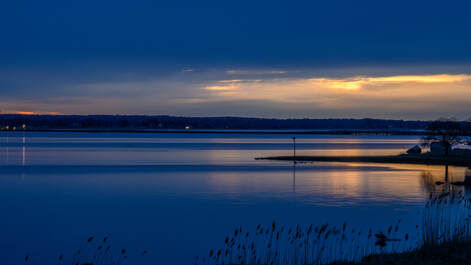
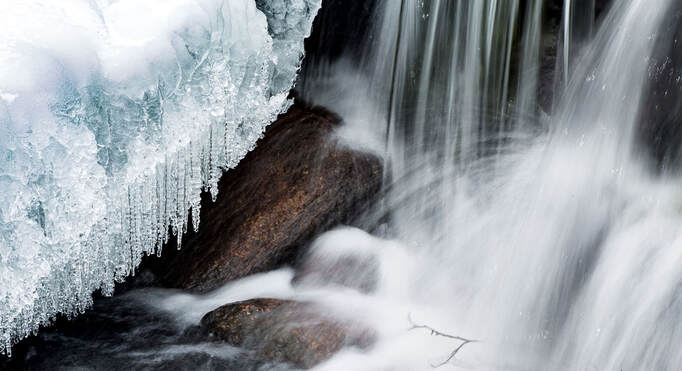
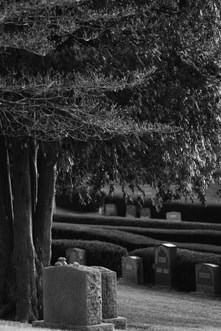
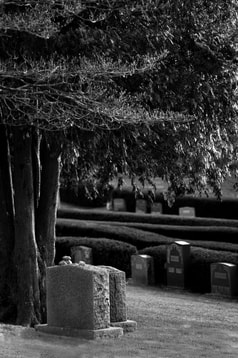
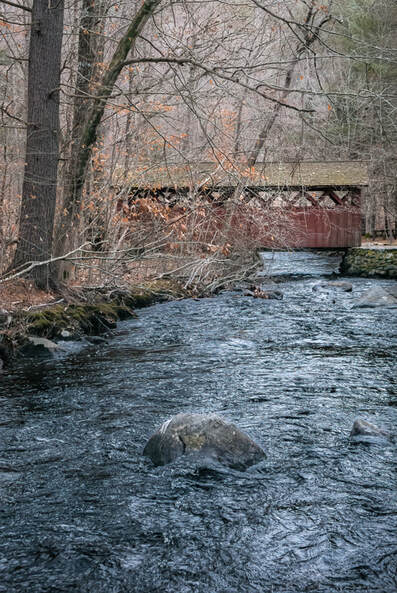
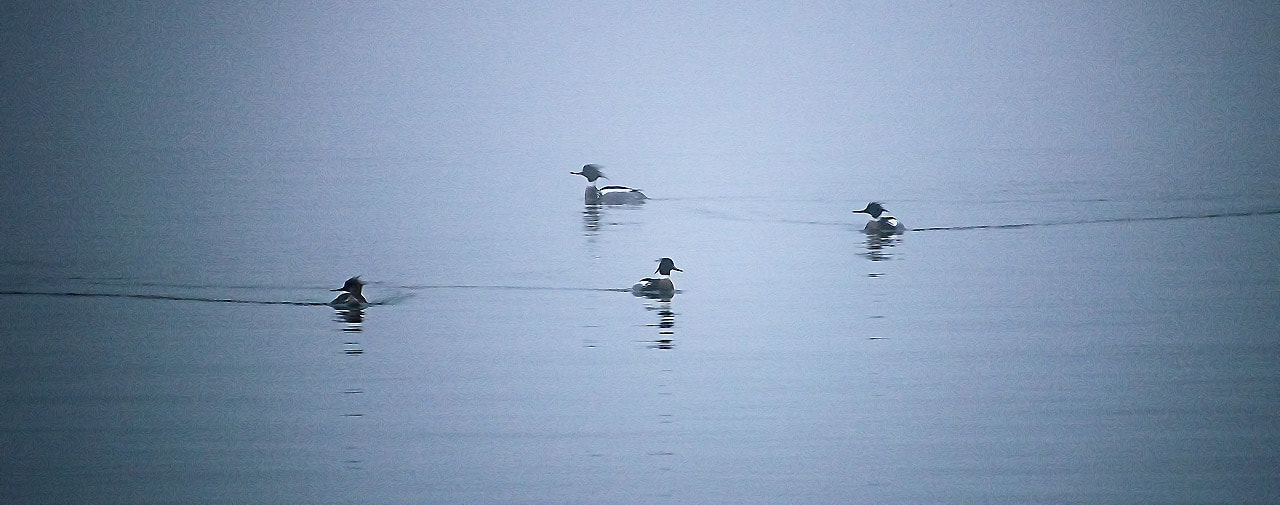
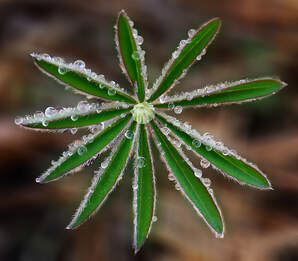
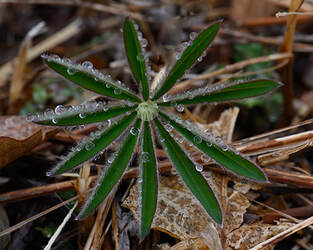
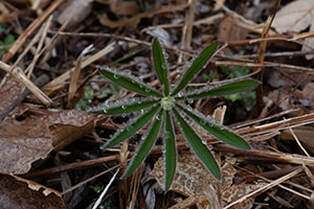

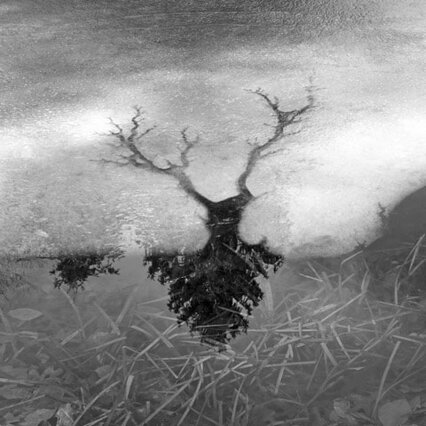
 RSS Feed
RSS Feed